People across the United States are on a never-ending quest to find and drink pure, fresh water. There are several facts to consider when on this pursuit: the impurities in the water, whether the water is more alkali or acidic, how hard or soft the water is. All of a sudden finding the perfect pure water presents quite a challenge.
Two terms you have probably heard thrown around when discussing drinking water is “distilled water” and “purified water”. Both are a form of purified water, but what is the difference between the two? And which is the best for our health?
What is purified water?
Purified water is water that has gone through purification to remove impurities such as bacteria and other microorganisms, metals, and chemical pollutants.
All bottled water is purified, and in many Western countries tap water has also undergone purification at a water treatment plant to provide safe drinking water through a multi-step process: [1]
- Coagulation and Flocculation: Chemicals with a positive charge are added to the water which coagulates with any negatively charged particles to form floc.
- Sedimentation: The floc settles as sediment at the base of the container as a separate layer to the water.
- Filtration: The clean water above the floc is removed and filtered through numerous systems to remove other impurities.
- Disinfection: To remove any microorganisms which may have survived the filtration steps, the water is disinfected with chemicals like chlorine.
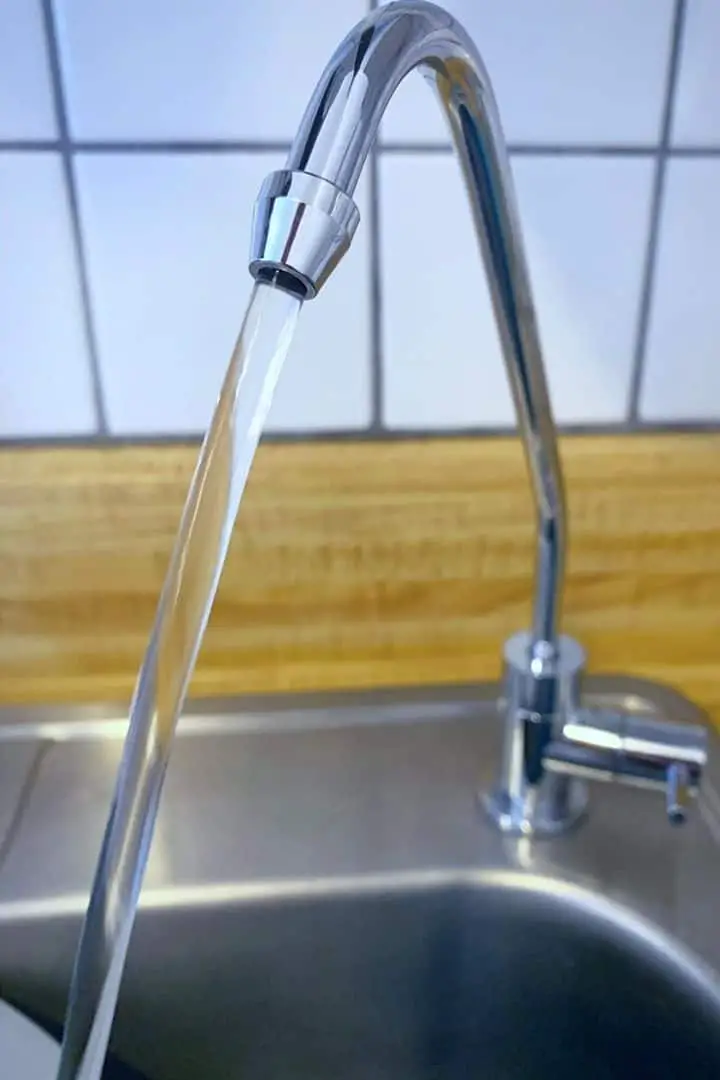
The purification of tap water makes drinking it safe, though it still may contain some impurities. Water purity varies from place to place and is monitored by different regulatory authorities.
In the US, the Environmental Protection Agency (EPA) has legal limits on over 90 contaminants that are safe for consumption. [2] Therefore, although tap water may have been purified, it is not 100% pure.
Tap water can be further purified at home using home filtration systems. Some common aims of home filtration are to remove the chloride used as a disinfectant in the public water purification or to remove the controversial compound fluoride which is added to drinking water to improve dental health.
Bottled water is also purified further than tap water purification, and so an option if you are looking for purified water without the need for home filtration, or for countries which do not have save-to-drink tap water.
What is distilled water?
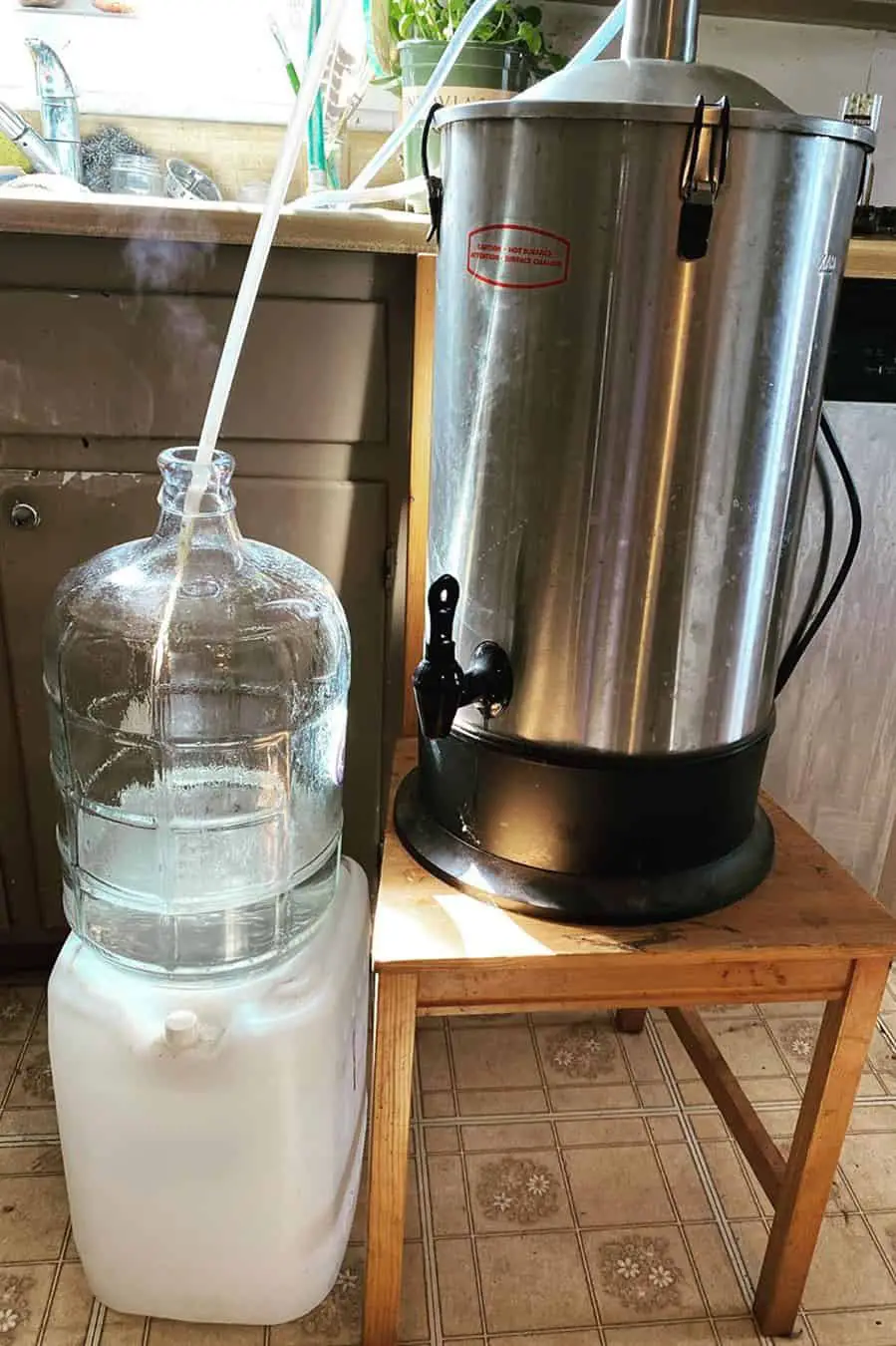
Distilled water is a form of purified water that is purified through a complex boiling process. The water is vaporized until it turns to steam, the steam is transported to a clean container, and then condensed back into a liquid.
All impurities in the water inclusive of ions, minerals, and nitrates are left behind in the original container. Additionally, all bacteria, viruses, and fungi are destroyed in the boiling process as they cannot stand the heat. The fresh container holds pure water.
This water is exceptionally pure and is therefore commonly used in laboratories and medical practices, although it and can also be consumed. Distillation can occur at a specialized plant, or at home using a distillation system.
This video shows you the distillation process.
What are the benefits of purified water?
Water purification is beneficial to many by providing us with safe drinking water from our taps, improving both quality and taste. If you choose to do so, purification of your tap water by using home filtration systems reaps additional benefits.
The removal of copper and lead from drinking supplies through purification is hugely beneficial to health. Both of these metals can, in excess, lead to copper or lead poisoning.
This can cause a range of serious health conditions including liver and kidney damage, increased risk of cancers, and high blood pressure. Removing these metals is therefore clearly beneficial.
Although metals are removed and regulated at public purification sites, metals can also leak into drinking water from the pipes it travels through. Home filtration is therefore beneficial in ensuring no metal compounds have crept back in on the journey from the water treatment plant to your glass.
There are also links between consuming chlorinated water and having an increased risk of developing certain cancers. [3] Purification at home to remove any chloride disinfectant is therefore beneficial by again reducing these risks.
Alongside health benefits, purified water has a fresh taste leaving you with an enjoyable and refreshing drink.
What are the benefits of distilled water?
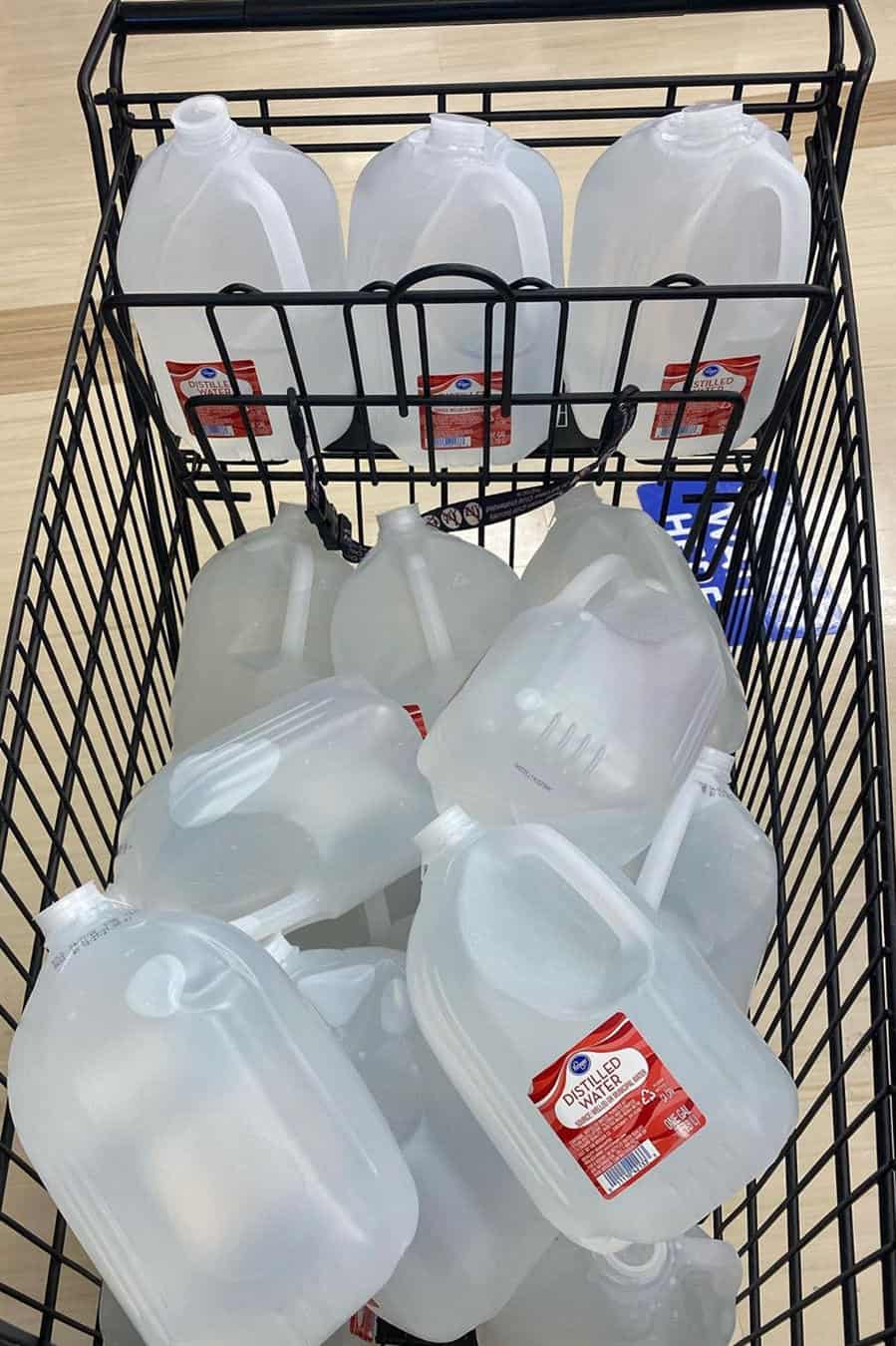
Whereas purified water can still contain some impurities, distilled water is completely pure as is essentially free of all contaminants. Whereby it can be difficult to find out the exact purity of purified water due to different country and state regulations, distilled water is consistent throughout.
As distilled water is pure, it carries all the health benefits of purified water and carries extra benefits for those with weakened immune systems. As the distillation process removes all bacteria and pesticides, this prevents infection through water consumption.
People with HIV or those on certain chemotherapy medications can all suffer from low immunity; drinking distilled water can, therefore, be advantageous.
What are the disadvantages of purified water?
Despite all the health benefits of drinking purified water, there are some downfalls.
Many issues are to do with the cost and upkeep of the water purification systems. Both home purification filters and commercial water purification plants need regular maintenance to clear away the build-up of contaminants in the old filters.
The systems used can also be expensive, and regular maintenance is an additional cost. Another issue is that not all contaminants are removed.
Different filters are effective at removing different compounds, and so exactly what remains in the water is hugely dependent on the filter used. Therefore, purified water is not a consistent purity but varies depending on the purification method.
There is also the issue of waste. All bottled water is purified, and the plastic bottles lead to a huge amount of plastic. With the growing risks of plastic use and associated global warming and climate change, reducing our plastic use is now more important than ever.
If you can get safe drinking water from your tap, drinking this or filtering the tap water using a home filtration system is beneficial for the environment over bottled water.
What are the disadvantages of distilled water?
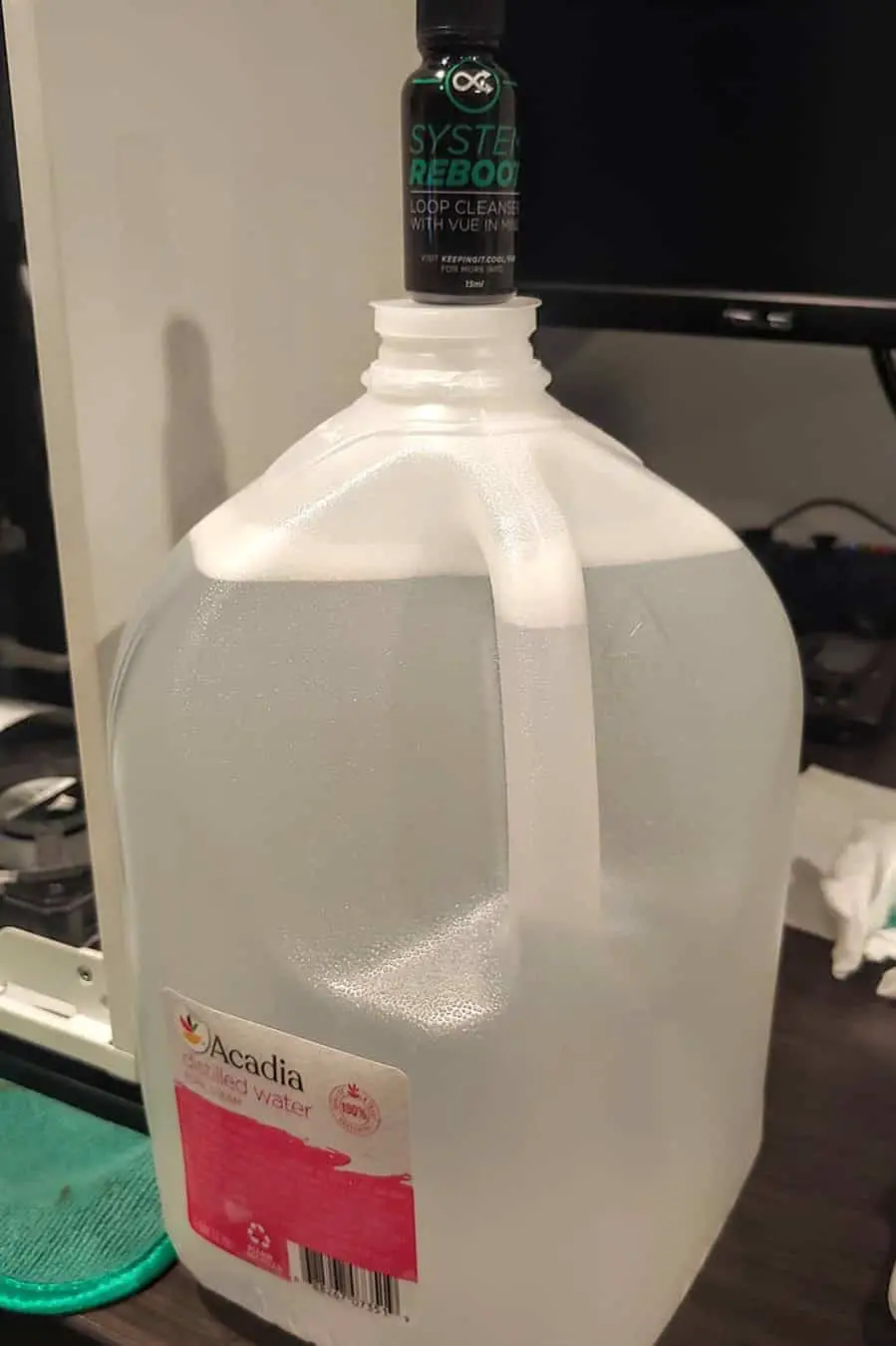
Although distilled water is the purest form of water, it is not the healthiest. Alongside removing harmful toxins and impurities, distilled water is stripped of all beneficial minerals and electrolytes.
Typically, the distillation of water removes 99.9% of naturally occurring minerals in the water. [4] For most, the removal of minerals can be substituted through eating a well-balanced diet.
Distilled water also has fluoride removed. Fluoride is added to many public water supplies as it has been found to reduce dental decay; therefore, removing this ion could be detrimental for dental health.
Whether fluoridated water is beneficial for overall health is still debated, but the government advises drinking fluoridated water is advantageous, especially for children. [5]
The distillation process also requires a lot of energy and so is not great from an environmental standpoint. It also leaves behind highly salinized and hard water which could disrupt the surrounding ecosystem.
Which type of water should I be drinking?
Although distilled water is the purest form, this does not make it the healthiest as vital minerals have been removed and the lack of ions can lead to electrolyte imbalances in your body. It is drinkable, but purified water is the best option when deciding what water to drink.
Tap water in the US is perfectly safe and healthy to drink. However, to further remove impurities and improve both the quality and taste you may wish to invest in a home filtration system. Although it can be costly, purifying water at home has heaps of health benefits without damaging the environment.
If you reside in a country where drinking tap water is not safe, bottled water is the best option to ensure you are not injecting nasty compounds and microorganisms.
Distilled vs. Purified Water: The Round-Up
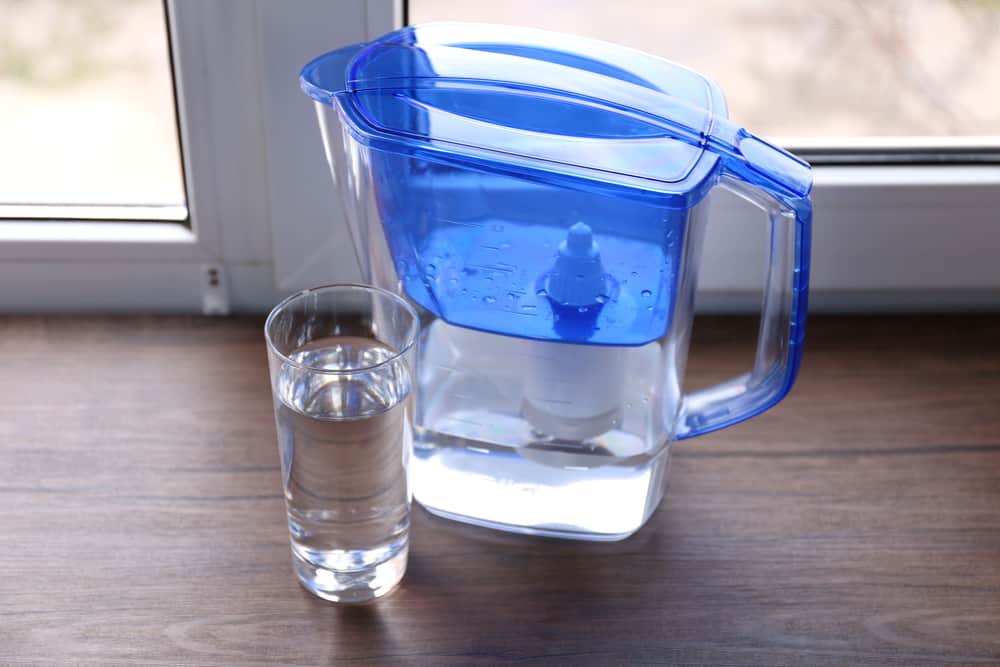
So what are the similarities and differences between distilled and purified water?
- Method of Purification: Distilled water is boiled, whereas purified water undergoes a filtration process.
- Purity: Distilled water is completely free of impurities, minerals, and electrolytes, whereas purified water still contains some impurities and beneficial nutrients.
- Benefits: Both remove toxic impurities which could cause serious health problems.
- Disadvantages: Distilled water contains no minerals which must be compensated for through diet, whereas the main concerns for purified water are the cost and upkeep of systems.
- Environmental Impact: Distillation of water is high-energy and could harm surrounding ecosystems, whereas filtration has a minimal environmental impact unless buying bottled water which produces a lot of waste.
- Drinkability: Purified water is the best option for drinking, whereas only those with a weak immune system will benefit from drinking distilled water.
The Final Word
As you can see, there is a huge difference between distilled water and purified water, but all in all purified water holds more health benefits and can be made readily available through a water filtration system in your home.
Do you have home filtration systems in your household? What sort of water do you drink? Let us know your thoughts and opinions in the comments.
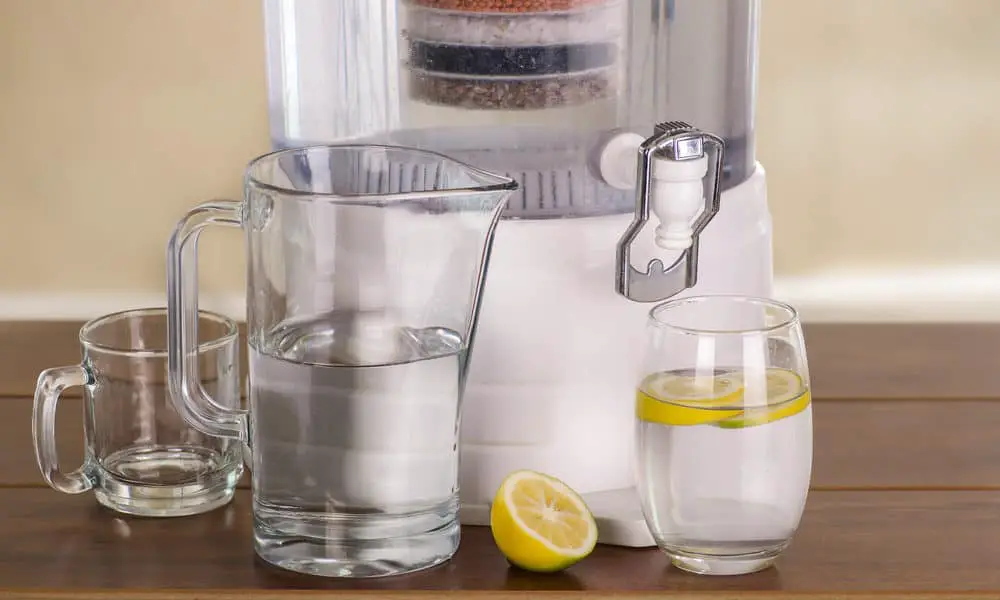
Thank you!